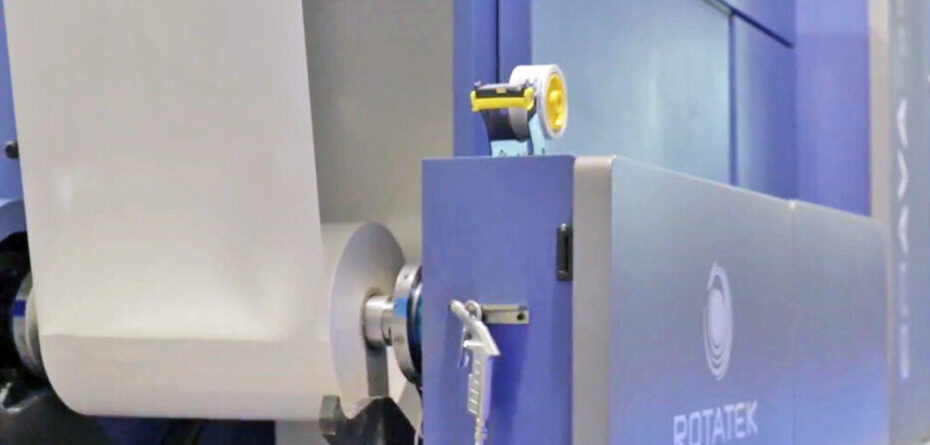Sheetfed printing works with sheets, whereas rotary printing supplies the substrate in reels
Offset is one of the most popular printing methods due to the outstanding printing quality it provides at low costs. Derived from lithography, but unlike lithography, it is an indirect printing system, because the substrate and the matrix plate are not in contact. The ink is transferred to a cylinder covered with a flexible material (rubber or silicone), also known as a blanket, which transfers the image to the substrate by pressure. Offset printing can be either rotary or sheet-fed, depending on whether the paper or other material to be printed on is supplied in reels or sheets. Obviously, each type of printing requires different machines. Let’s get to know them.
What is sheetfed offset printing?
A sheet is the substrate (traditionally paper, but it can also be made of other materials) which, after printing, will be folded or cut to produce the final format: books, brochures, magazines, business cards, etc. Sheet feeds are usually supplied in reams, which are equivalent to 500 sheets.
Depending on the machine, it will be possible to print in different sheet formats. Usually, they are cut to the required size before being fed into the press. The plate is prepared with the required number of images to keep substrate loss to a minimum once the final cut is made after printing.
Commercial sheetfed printers usually work with standard sizes, which eases job preparation and finishing.
Due to its characteristics, sheetfed offset printing is recommended for short to medium runs.
What is rotary offset printing?
Rotary offset presses are web-fed. Coupled to the press, they supply the substrate at high speed and minimise waste of both material and ink. This system is ideal for large print runs of jobs with a variety of content, such as newspapers, magazines, brochures, etc
ROTATEK offset presses meet the highest production and quality standards. Thanks to their modular configuration, they can be fitted with a sheet devilery unit to cut the printed substrate to the desired size. They reach a speed of up to 250 metres per minute and can handle paper and board thicknesses from 35 to 300 grams.
ROTATEK offset semi-rotary offset presses
Furthermore, thanks to the semi-rotary system, web offset technology can also be used for short runs, even for label printing, thus taking advantage of the benefits it offers:
- Great value for money.
- Cheap plates and easy format changes.
- Prints on all types of media.
- Reproduces any colour regardless of screens and backgrounds and has a standard Pantone guide.
At ROTATEK we have two machines that work with the semi-rotary system: the Brava 350 an the Brava 450 (this one can be alternated with the rotary system). Besides offering the best performance at a reduced cost also in short runs, they simplify the entire pre-press phase, avoiding format changes and working with standard materials, inks, and consumables.

